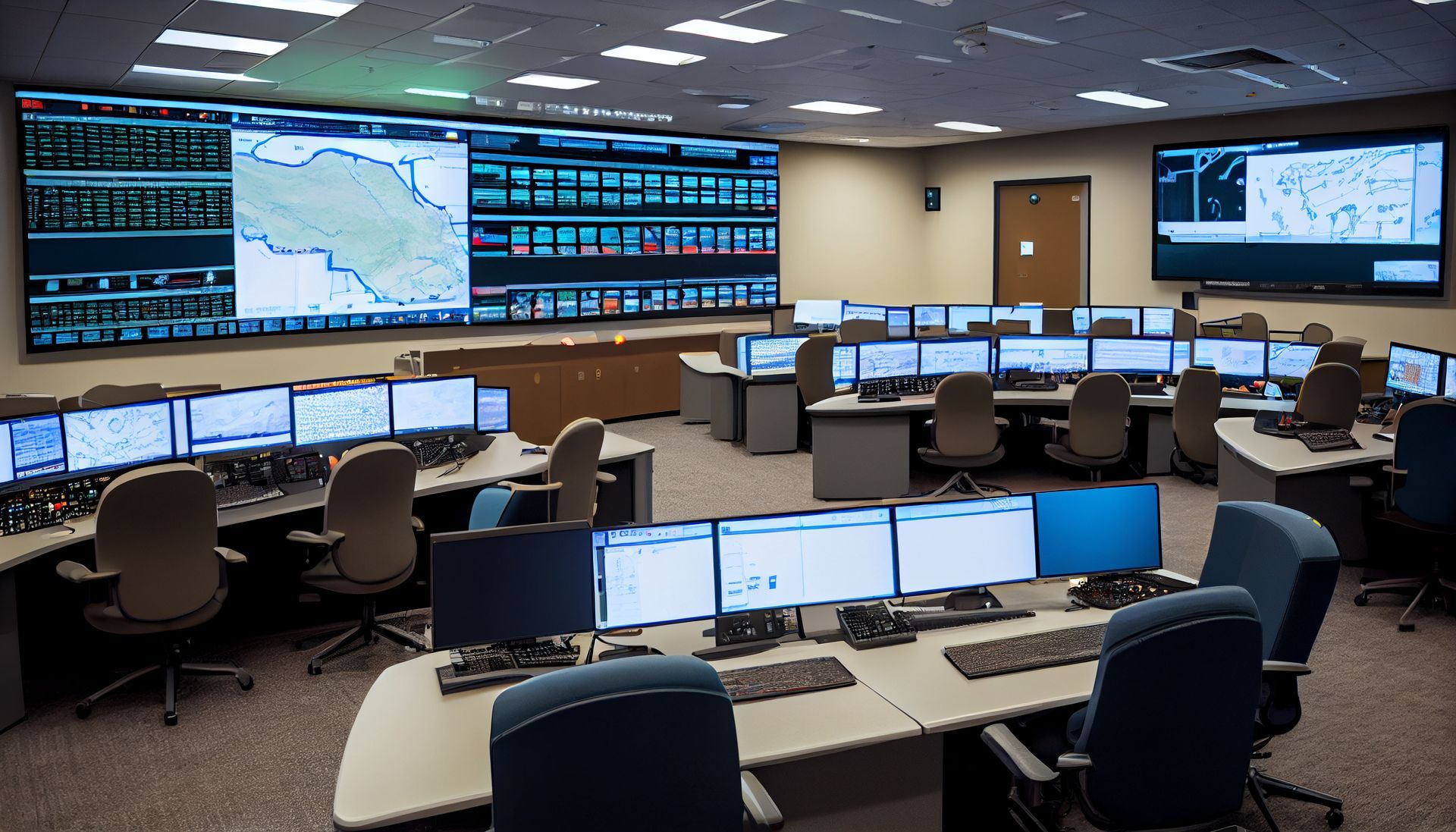Designing Smarter, More Accessible AV Systems for Today’s Government Facilities
Brad Rojas
Technology is only as powerful as its ability to reach everyone. For government facilities, that means designing audio-visual (AV) systems that don’t just look impressive, but work seamlessly for people of all abilities. Accessibility and inclusivity are essential components of effective public service and compliance with federal law. Here’s how government facilities can make sure their AV systems meet ADA standards and serve every member of the public.
Why Accessibility Matters in Modern Government AV Design
From city council meetings and training centers to courtrooms and emergency operations, government spaces rely on AV technology to communicate vital information. But not everyone experiences technology the same way. For individuals with hearing, vision, or mobility challenges, a poorly designed system can create real barriers to participation.
When AV systems are designed with accessibility at their core, they empower everyone to participate equally. Meetings become more productive, public hearings more transparent, and communication across departments more efficient. Beyond compliance, accessible AV design reflects a deeper commitment to equity, accountability, and good governance, helping government agencies build stronger, more connected communities.
ADA and Accessibility Standards for Public Sector AV Systems
There are clear federal guidelines that outline what government facilities must provide to ensure equal access. These standards aren’t meant to complicate the process; they exist to protect the public and create environments where communication is seamless for everyone, regardless of ability.
Key regulations include:
- The Americans with Disabilities Act (ADA): Requires public spaces to be accessible to individuals with disabilities.
- Section 508 of the Rehabilitation Act: Mandates that federal agencies provide accessible electronic and information technology.
- WCAG (Web Content Accessibility Guidelines): Defines best practices for digital content, including contrast, captioning, and navigation.
Together, these regulations form a framework that protects the rights of every visitor, employee, or citizen who interacts with your technology, ensuring they can see, hear, and interact with your systems comfortably and independently.
Core AV Technologies That Improve Accessibility
A truly accessible AV system blends hardware, software, and physical layout choices that support different sensory and mobility needs. Here’s what a well-designed system should include to meet both compliance requirements and real-world expectations.
- Assistive Listening Systems (ALS): Hearing loops, FM, or infrared systems that transmit clear audio directly to hearing aids or headsets.
- Real-Time Captioning and Transcription: On-screen captions for live events and automatic transcriptions for recorded meetings.
- Accessible Control Interfaces: Touch panels with high contrast, tactile cues, or voice activation to accommodate users with visual or mobility impairments.
- Visual Accessibility Enhancements: Adjustable font sizes, clear color contrast, and adaptable display brightness for different lighting conditions.
- Inclusive Physical Layouts: Mounting displays, controls, and microphones at reachable heights for wheelchair users and ensuring clear sightlines for everyone.
Designing Accessible AV Systems for Government Facilities
The most effective accessible AV systems are built through intentional planning from day one. When accessibility drives the design conversation early, it naturally shapes everything from equipment selection and control interfaces to room layout and long-term support.
Early collaboration between IT teams, facility managers, and ADA coordinators can create strategic designs that not only ensure compliance but also anticipate user needs and build spaces that genuinely work for everyone.
Government facilities can also benefit from conducting accessibility audits that evaluate how real people interact with the technology and space, uncovering barriers that might not be obvious on paper.
Regular system maintenance and software updates help ensure accessibility features continue working as intended long after installation.
An experienced AV integrator plays a critical role in achieving accessibility goals. At Link Integration Group, we go beyond installation. We collaborate with agencies to design, configure, and support systems that align with ADA guidelines, making technology easy for everyone to use, every time.





